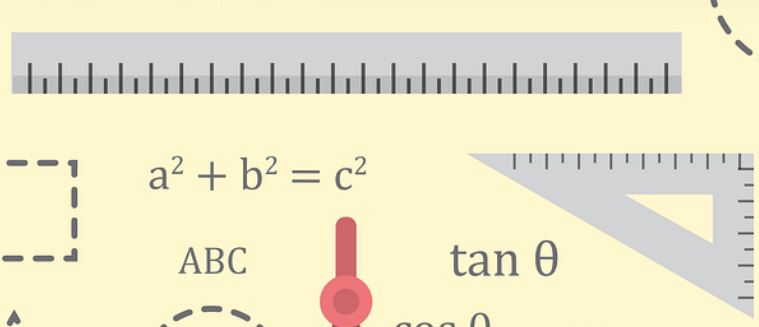Fundamental And Derived Quantities With Examples

Measurement is a very important aspect of physics and other sciences. No fact in science is accepted, and no law is established unless it can be exactly measured and quantified. As physics is based on exact measurements, every such measurement requires two things: first, a number or quantity, and second, a unit. So, at the end of this write-up, you should be able to distinguish between fundamental and derived quantities and units.
Read: Scalar and Vector quantities
Fundamental quantity
Fundamental quantities are the basic quantities independent of others and cannot be defined in terms of other quantities or derived from them. They are basic quantities upon which most (though not all) quantities depend.
Fundamental units are the basic units upon which other units depend. They are the units of the fundamental quantities.
The three most important basic quantities in physics are length, mass, and time.
- Length may be defined as the extent of space or distance extended
- Mass is commonly defined as the quantity of matter or material substance.
- Time is defined as the time in which events are distinguishable before or after.
Therefore, Length, Mass, and Time are the three fundamental quantities.
There are seven (7) basic fundamental quantities in physics, and they are given in the table below
| Quantity | Unit | Unit abbreviation |
| Length | metre | m |
| Time | second | s |
| Mass | kilogram | kg |
| Electric Current | ampere | A |
| Temperature | kelvin | K |
| Amount of Substance | mole | Mol. |
| Luminous Intensity | Candella | Cd |
The units in the table are SI (Systeme International) units and are the principal system of units used in scientific work today.
Read: Questions on measurements
Derived Quantities
Derived quantities and units are those obtained by some simple combination of the fundamental quantities and units. They are thus dependent on the fundamental quantities and units.
Examples of Derived Quantities
| Derived quantity | Derivation | Derived unit |
| Area | length x length | m2 |
| volume | Length x length x height | m3 |
| density | Mass/volume | kgm-3 |
| velocity | Displacement/time | ms-1 |
| acceleration | Change in velocity/time | ms-2 |
| force | Mass x acceleration | Kgms-2 (Newton, N) |
| Energy or work | Force x distance | Kgm2s-2 or Nm (Joule, J) |
| power | Work/time | Js-1 (or watt, W) |
| momentum | Mass x velocity | Kgms-1; Ns |
| pressure | Force/area | Nm-2 (Pascal, Pa) |
| frequency | Number of oscillations/time | s-1 (hertz, Hz) |
